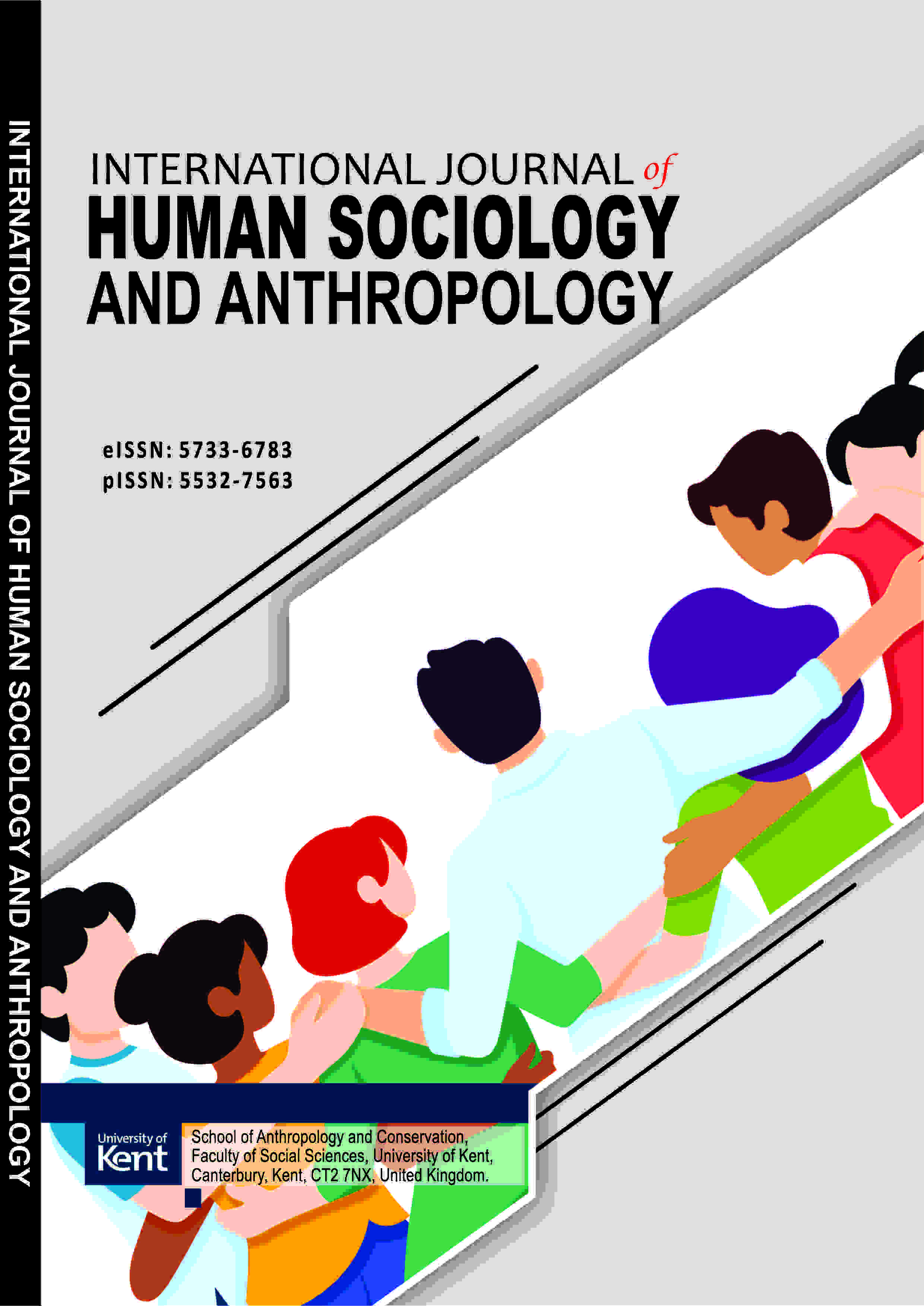INTERNATIONAL JOURNAL FOR HUMAN SOCIOLOGY AND ANTHROPOLOGY (IJHSA)
LINGUISTIC INSECURITY: A SOURCE OF NEGATIVE ATTITUDES THAT MUST BE URGENTLY ADDRESSED IN MOROCCAN PUBLIC SCHOOLS
E-ISSN: 5733-6783
P-ISSN: 5532-7563
DOI: https://iigdpublishers.com/article/628
It is true that the hegemony of Arabic over other languages in the Moroccan educational system has decreased with the inclusion of Amazigh as the kingdom's second official language in the 2011 constitution. However, increasing efforts to make Amazigh the official language in all schools remains an urgent priority. Many Amazigh-speaking pupils are victims of acculturation achieved through symbolic violence, as well as depreciatory representations and stigmatizing reactions. This article provides an opportunity to question the linguistic insecurity felt by these Amazigh-speaking learners when the language accepted for teaching/learning is not the one used by the Amazigh child; here the problem becomes acute. What is clear is that the educational message must be conveyed in a language already acquired by the target audience in order to guarantee its transmission, and in this situation the child is faced with the necessity to duplicate his or her learning effort: he or she has to learn the language of the transmitter (the teacher), while at the same time deciphering the educational message being conveyed (the knowledge being transmitted). This double operation has negative consequences for the development of child’s intelligence and overall personality, and subsequently for the development of their language.
Mariem Sadiqi
Blanchet, Ph., La linguistique de terrain méthode et théorie : une approche éthnosociolinguistique de la complexité Presses Universitaires Rennes.
Blanchet, Ph., & Kervan, m. (dir.), Langues minoritaires locales et éducation à la diversité: des dispositifs didactiques à l’épreuve Paris, L‟Harmattan.
Calvet, L., Les politiques linguistiques Paris, Presses Universitaires de France PUF.
Calvet, L., Pour une écologie des langues du monde Paris, Plon.
Dabène, L., Repères sociolinguistiques pour l’enseignement des langues HACHETTE.
